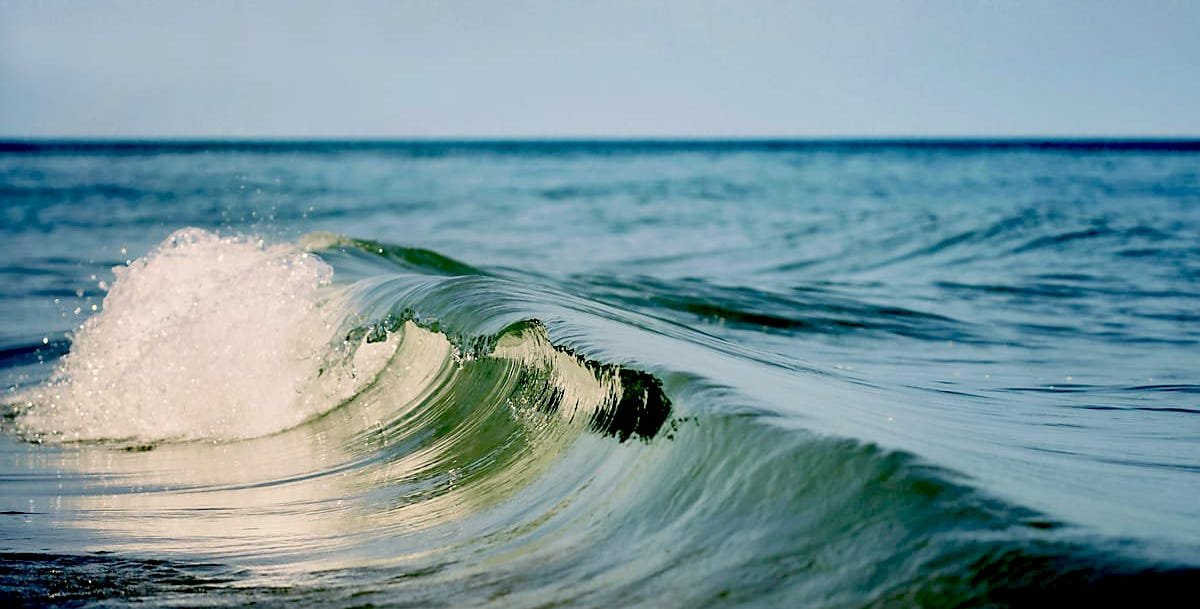Cryptid Profile: The Pink-Headed Duck
When most people think of ducks, their mind usually conjures up the same image right away, one of a Mallard with his green feathered face and white neck band hanging out with his speckled brown feathered female mate. Others may think of the white feathered domestic duck that like to live on farms, and some may even think of the lesser known White-Faced Whistling or Wandering Whistling duck, but how many think of a pink duck? The answer is not many, and for good reason, as they are believed to be extinct by many, while others feel they will soon be.
The Pink-Headed Duck, or Rhodonessa caryophyllacea, is a duck that once called the range of India, Bangladesh, and Myanmar home (and quite possibly still does). The reason that many believe the Pink-Headed duck is extinct though, is that nobody has gotten verifiable proof that they still exist since June 1935 when what was thought to be the last wild specimen was unknowingly shot in India by C.M. Inglis, although reported (unverifiable) sightings carried well into the early 1960’s. Because of this though, this diving duck is officially listed as “Critically Endangered” while bordering very close to extinct.
Much like the Ivory-Billed Woodpecker (another extinct bird that many claim still exists), numerous searches have been carried out to prove the Pink-Headed Duck still lives, but so far, all searches have come up empty handed. In 1988 though, a potential sighting was made that has split a line between those who believe the duck is extinct and those who feel it still survives.
Along the Brahmaputra river (a major river in Asia that flows through China, India, and Bangladesh), American explorer and writer Rory Nugent (who also took part in a solo expedition for Mokele-mbembe), was sailing with his travel companion Shankar Barua for a period of 29 days in search of the duck when the two men claimed to have finally seen it. Nugent stated that the duck was seen within a larger flock of many other waterbirds that took off in flight as other vessels approached the area.
The Pink-Headed Duck was seen for only a few seconds before being lost amongst the many other birds and was not seen again. Because of this extremely quick sighting, many have not accepted the report and claim that Nugent just saw what he was desperately hoping to see. Others state that what was more than likely seen was a misidentified Red-Crested Pochard.
Considered a rare bird from the beginning (although scientists are unsure why), the Pink-Headed Duck was highly sought after by both collectors and hunters alike going back as far as Colonial times. Due to its striking head plumage, a stuffed pink duck specimen was considered a valuable collectible within both public and private Cabinets of Curiosities within Europe.
While nobody can agree on why the Pink-Headed Duck is/was so rarely seen, many theories have emerged to give a possible answer. These theories range from the bird being primarily nocturnal, to the pink color only being on display for a short period of time while the duck molts. Others claim that the pink coloring may possibly only show up once the duck has reached a certain age and that the younger specimens maintain a common brown color.
While nobody could agree on a reason as to the rarity of these waterbirds back when they were most often seen, others obviously knew that they must be documented and protected in some way. Because of this thinking, a pair of ducks was captured in India in the 1920’s and were transported back to England where they lived out the rest of their days in captivity within the private aviary of Alfred Ezra at Foxwarren Park.
This well cared for pair would go on to have their photograph taken by David Seth-Smith around 1925 and would be the only time that living Pink-Headed Ducks would be captured on film. A second pair of ducks was also captured and lived in the aviary of Jean Theodore Delacour in France, but these two were sadly never photographed.
Many feel that if the duck truly does still exist, it will more than likely be found in Northern Myanmar’s Kachin State, an area which is bordered by China to the North and East, and India to the West. The Kachin State has also been plagued by civil war since 2011 which hinders any research expeditions into the area to prove that the Pink-Headed Duck still exists.
-The Pine Barrens Institute
*Image Credit: Wikipedia
Do you have a strange tale, family legend, or odd sighting you would like to report? Get in touch with us here to share what you know!
Want more strange stories in your life? If the answer is yes, then make sure to check out our books ‘Monsters In Print: A Collection Of Curious Creatures Known Mostly From Newspapers’ and ‘Ghosts In Print: An Assemblage of Spirits, Spooks, and Specters From Newspapers of Old’, both available from Amazon!
Make sure to also check out our shop for official PBI shirts, totes, buttons, and stickers!































